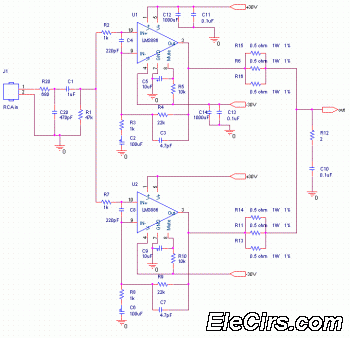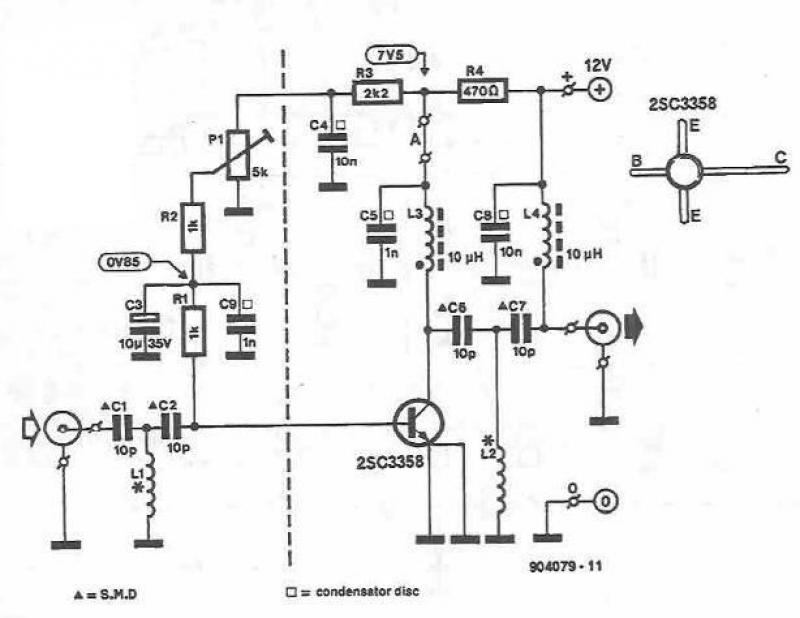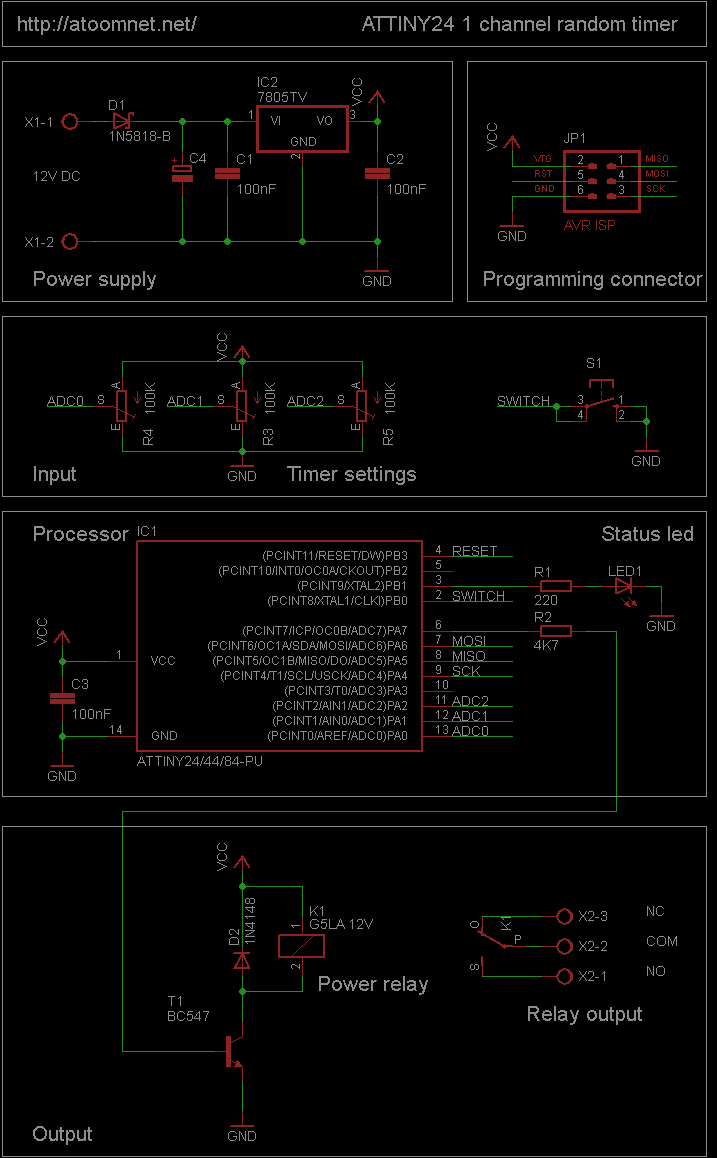
Gated 1Khz Oscillator (Normally On) Circuit

This gated 1-kHz oscillator provides press-to-turn-off functionality, along with waveforms available at the output of pin 3 and across capacitor C1.
The gated 1-kHz oscillator circuit is designed to generate a square wave output at a frequency of 1 kHz. This oscillator is particularly notable for its press-to-turn-off operation, allowing for the circuit to be easily disabled by pressing a designated button or switch. This feature enhances user control over the oscillator's operation.
The oscillator typically employs a feedback mechanism involving a timing capacitor (C1) and resistors to set the frequency of oscillation. The output of the oscillator can be observed at pin 3, which serves as the primary output point where the square wave signal is available for further processing or driving other components in a circuit. The waveforms produced at this output can be analyzed for characteristics such as duty cycle, amplitude, and stability.
Capacitor C1 plays a crucial role in determining the timing characteristics of the oscillator. Its charge and discharge cycles, influenced by the resistor network, dictate the oscillation frequency. The output waveform at pin 3 can be utilized in various applications, including clock generation, signal modulation, and as a timing reference in digital circuits.
In summary, this gated 1-kHz oscillator circuit is a versatile component that provides essential timing functions with the added convenience of a user-friendly press-to-turn-off feature. The outputs are suitable for interfacing with other electronic systems, making it a valuable addition to any electronic design requiring precise timing control. This gated 1-kHz oscillator offers press-to-turn-off operation, A, and waveforms at the output of pin 3 and across CI, B. 🔗 External reference
The gated 1-kHz oscillator circuit is designed to generate a square wave output at a frequency of 1 kHz. This oscillator is particularly notable for its press-to-turn-off operation, allowing for the circuit to be easily disabled by pressing a designated button or switch. This feature enhances user control over the oscillator's operation.
The oscillator typically employs a feedback mechanism involving a timing capacitor (C1) and resistors to set the frequency of oscillation. The output of the oscillator can be observed at pin 3, which serves as the primary output point where the square wave signal is available for further processing or driving other components in a circuit. The waveforms produced at this output can be analyzed for characteristics such as duty cycle, amplitude, and stability.
Capacitor C1 plays a crucial role in determining the timing characteristics of the oscillator. Its charge and discharge cycles, influenced by the resistor network, dictate the oscillation frequency. The output waveform at pin 3 can be utilized in various applications, including clock generation, signal modulation, and as a timing reference in digital circuits.
In summary, this gated 1-kHz oscillator circuit is a versatile component that provides essential timing functions with the added convenience of a user-friendly press-to-turn-off feature. The outputs are suitable for interfacing with other electronic systems, making it a valuable addition to any electronic design requiring precise timing control. This gated 1-kHz oscillator offers press-to-turn-off operation, A, and waveforms at the output of pin 3 and across CI, B. 🔗 External reference





